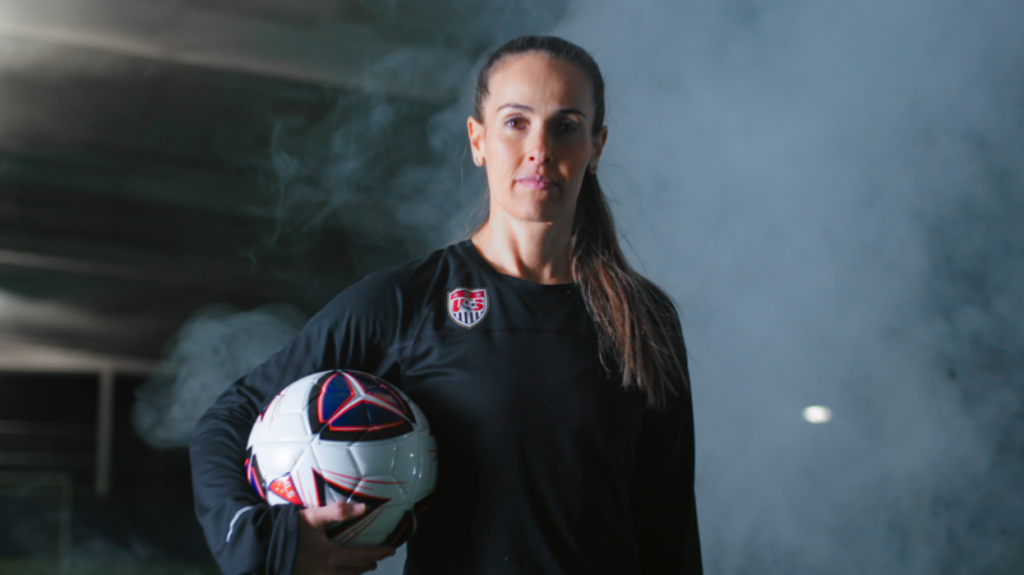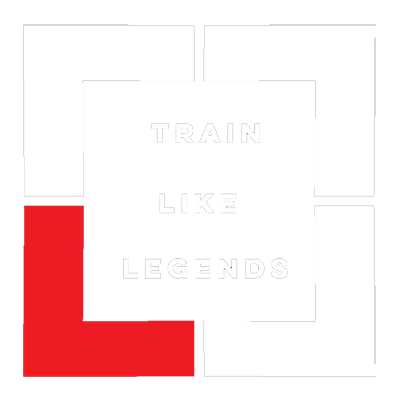
An Overview of The Recruiting Process
There are two main avenues that a student-athlete can use to become a professional player. The first, and most common, is to get onto a college-level soccer team, NCAA Division 1 preferred, and prove yourself both on and off the field. Recruiters aren’t just looking for the most technically sophisticated players. They want the total package- good grades, skilled playing, dynamic team skills, and a winning attitude. The second way to achieve professional status is through soccer tryouts. Include a few paid tryout options, as these provide greater access to recruiters. Be mindful that both avenues require skill, mental fortitude, and the ability to connect with other players on and off the field.
Going Pro
When you decide that you want to go Pro, be prepared to climb the ladder- from local clubs and after-school programs to the Major leagues. Each step up requires more skill and dedication than the last.
Soccer Clubs and Tournaments or Showcases or League Games
There is a multitude of soccer clubs and tournaments designed for young people who enjoy playing soccer. These programs are competitive but ultimately geared towards recreational enjoyment. While these programs can be great fun and provide valuable training opportunities, showcases and league games are where the scouts are. These are highly competitive and often invite-only. Some of the most popular ones include The Olympic Development Program (ODP) and the US Youth Soccer National League.
College Level Soccer
College is an excellent opportunity for advancing a soccer career while also providing an outstanding education through scholarships. There are multiple divisions based on the college’s size and commitment to the sport. Once there, proving yourself as a star player and a stellar team player increases your chances of making it Pro. Still, according to Authority Soccer, only 1.4% of college soccer players will become professional soccer players.
NCAA Division 1 and 2 are reserved for more prominent public universities. Div 1 status is assigned to the most competitive schools that require a significant amount of time and effort. Division 2 is slightly less competitive but still requires high levels of skills and dedication. Small and privately owned colleges generally fall into the Division 3 category. Div 3 teams demand less off-season commitment, with students typically more focused on academics. With that said, NCAA research estimates that only 7.1% of high school female athletes will make it onto an NCAA Division team.
The NAIA (National Association of Intercollegiate Athletics) is a smaller association than the NCAA. However, they provide exceptional scholarships opportunities for talented athletes. The ultimate goal of each NAIA team depends mainly on the university or college’s priorities.
Professional Soccer Tryouts
Suppose athletes don’t get drafted during their time in their college, leagues, or clubs. In that case, it’s time to attend professional soccer tryouts. While chances of getting recruited for a Major League Soccer team are slim, there is always the chance to catch the eye of a USLC, USL1, or NISA coach. From there, athletes can continue to work their way up to the Major League.
3 Tips To Make it Pro
So how do you beat the odds and become a professional soccer player? Here are three tips to help you achieve your dreams.
Start as Early as Possible
Soccer is a physically and mentally demanding sport making the average professional soccer career lasts around eight years. The majority of soccer players retire by age 35. You heard correctly; the average soccer player retires by age 35. Unfortunately, this doesn’t leave much wiggle room for life decisions: Most professionals start their soccer training in elementary school and sign their first contracts by 17 or 18. As for recruiting? The NCSA reports that 45% of D1 women’s soccer coaches begin their talent search with 9th graders.
Platforms like Train Like Legends are a great place to start. We provide top-tier training designed by Certified Strength and Training Coach Alex Diggory and tested by Olympic Medalist and professional soccer player Heather Mitts. This online training program helps young athletes gain the confidence, perspective, and skills needed to compete at the highest level.
Make Soccer a Priority
Because the odds are so low, players who are serious about becoming Professionals must devote most of their life to the game. This often means sacrificing other aspects of life, including social and family events. If this doesn’t sound like something the player is interested in, consider finding alternative careers like sports psychology or sports medicine to fall back on. Soccer can still be an integral part of someone’s life- whether that is in a professional capacity or not.
Catch Their Attention
Beyond playing and attending tryouts, players can also create a soccer CV. The cover letter should include all the relevant information a soccer recruiter needs, along with videos of top plays and techniques. A recruit’s time is limited and split between many different players, so put all your best footage upfront.
Ready to Train Like a Professional
With our online training program, young athletes will access world-class training videos, coach feedback, and monthly question and answer sessions with Heather Mitts herself. These athletes can expect unparalleled insight and guidance to help them achieve their soccer dreams. Whether that’s going Pro or just having fun, Train Like Legends is here.
